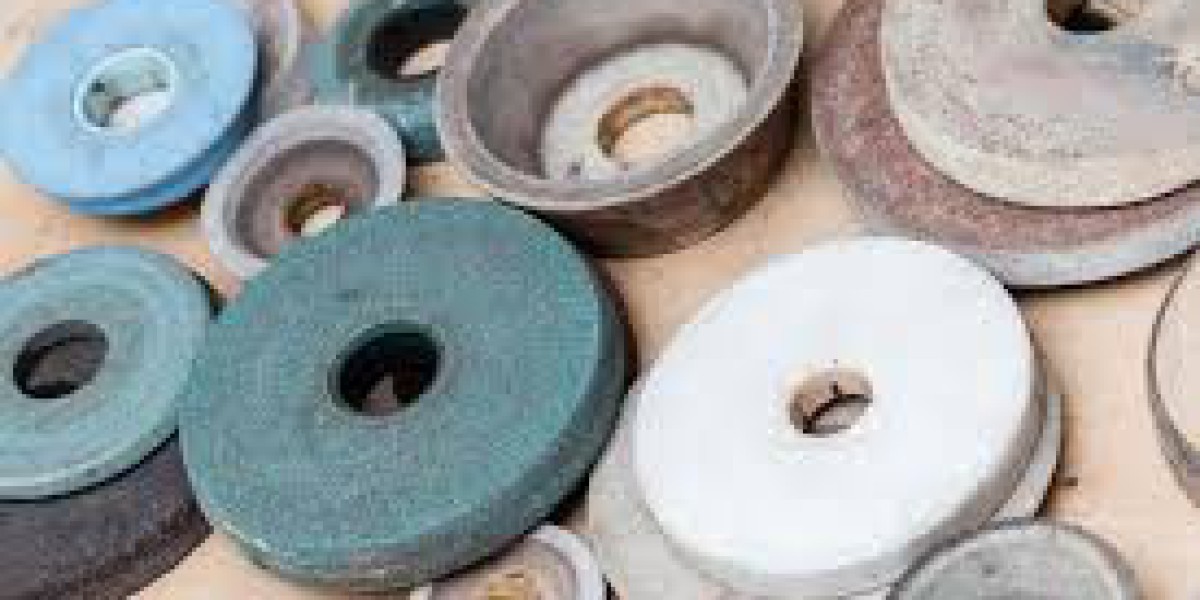Grinding wheels are the workhorses of machining, adept at shaping, sharpening, and finishing a wide array of materials with precision and efficiency. Understanding the different types of grinding wheels is essential for selecting the right tool for the job, as each type offers unique properties suited to specific applications.
1. Straight Wheels
Straight wheels are among the most common and versatile types of grinding wheel . They feature a simple, flat design with a central mounting hole, making them suitable for surface grinding, cylindrical grinding, and tool sharpening. Straight wheels come in various sizes and grits, offering flexibility to accommodate different tasks and materials.
2. Cylinder Wheels
Cylinder wheels, as the name suggests, have a cylindrical shape, allowing them to grind cylindrical surfaces with ease. These wheels are ideal for grinding shafts, rods, and other cylindrical components. Their design facilitates efficient material removal while maintaining precision and surface finish.
3. Tapered Wheels
Tapered wheels feature a tapered profile, with the diameter gradually decreasing from the mounting hub to the periphery. This design enables precise grinding of surfaces with angles or contours, such as conical shapes and threads. Tapered wheels excel in applications requiring intricate geometry and tight tolerances.
4. Dish Wheels
Dish wheels have a concave shape, resembling a shallow dish or bowl. This configuration offers a large grinding surface area, making dish wheels well-suited for heavy material removal and contour grinding. They are commonly used in tool and cutter grinding, as well as in the production of molds and dies.
5. Diamond Wheels
Diamond wheels stand out for their exceptional hardness and abrasion resistance, owing to the use of synthetic diamond particles as abrasive material. These wheels deliver superior performance in grinding hard and brittle materials like ceramics, carbides, and glass. Diamond wheels are indispensable in precision grinding applications that demand unparalleled sharpness and longevity.
6. CBN Wheels
Cubic Boron Nitride (CBN) wheels are another high-performance option, featuring abrasive particles made of synthetic CBN. CBN offers exceptional hardness and thermal stability, making these wheels ideal for grinding ferrous metals, hardened steels, and superalloys. CBN wheels excel in high-speed grinding applications where heat resistance and wear resistance are critical.
Conclusion
The diversity of grinding wheels reflects the vast range of machining tasks and materials encountered in various industries. Each type of wheel offers unique characteristics and advantages, catering to specific requirements and preferences. Whether it's shaping, sharpening, or finishing, selecting the right grinding wheel is essential for achieving optimal results in machining operations.



